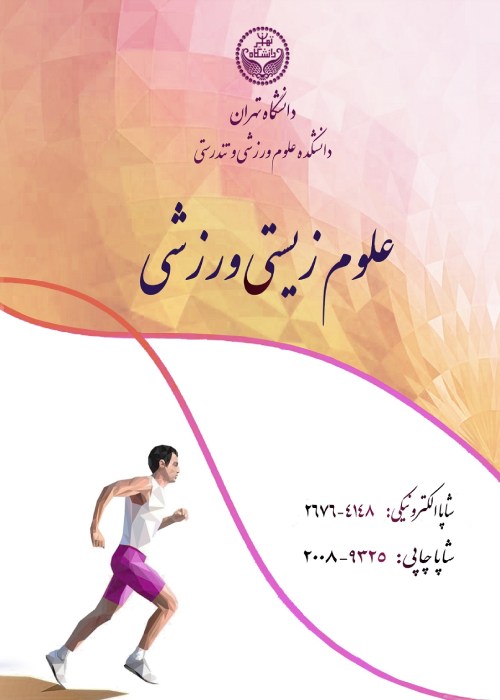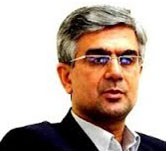Neural and Performance Adaptations to Plyometric Training Versus Combined Plyometric and Sprint Training in Young Soccer Players
Author(s):
Abstract:
The purpose of this study was the comparison of neural and performance adaptations to plyometric training versus combined training. 22 young soccer players (age 14. 28±0. 82 years، weight 41. 18±7. 5 kg، height 154. 5±9. 36، body fat 7. 43±2. 68%) were randomly assigned to plyometric group (plyometric and soccer skills training، PL) (n=8)، combined group (combined plyometric and sprint and soccer skills training، COM) (n=7) and control (soccer skills training) group (n=7) that performed 6 weeks of training (16seasons). To assess neural adaptations surface EMG was done on vastus lateralis and vastus medialis muscles in the static mode، pre and post training program. Hoffmann reflex was also evaluated in soleus muscle at rest. At baseline and after training، performances of players were assessed with the tests: 5-meter sprint، 10-meter sprint، 20-meter sprint، agility test، countermovment jump [CMJ]، and Bosco (5 seconds). paired t-test and one- way ANOVA was used to identify any significant differences and p? 0. 05 was accepted. Both plyometric and combined groups were associated with significant decreases in 5-meter sprint (-5. 97، -3. 87%)، 10-meter sprint (-4. 05، -2. 33%)، 20-meter sprint (-2. 64، -1. 64%)، agility (-8. 99، -7. 5%) and significant increases in jump height for CMJ (12. 95، 7. 3%) and Bosco (14. 08، 13. 44%). Control group showed only a significant decrease in agility (-4. 72%). PL and COM groups showed significant increase in SEMG of vastus lateralis and medialis muscles (36. 54، 15. 06%)، respectively. In three groups H-reflex did not show significant variation. However، PL and COM groups with no significant difference in the post training (P? 0. 05). Therefore، according to these results it seems that effects of plyometric and sprint training is similar and PL and COM training induced similar performance adaptations، which have possibly a neural origin and may be attributable to increased motor unit recruitment and/or faster firing rates، but motor reflex does not seem to play any role in these adaptations.
Keywords:
Language:
Persian
Published:
Sport Biosciences, Volume:6 Issue: 20, 2014
Pages:
1 to 19
magiran.com/p1254400
دانلود و مطالعه متن این مقاله با یکی از روشهای زیر امکان پذیر است:
اشتراک شخصی
با عضویت و پرداخت آنلاین حق اشتراک یکساله به مبلغ 1,390,000ريال میتوانید 70 عنوان مطلب دانلود کنید!
اشتراک سازمانی
به کتابخانه دانشگاه یا محل کار خود پیشنهاد کنید تا اشتراک سازمانی این پایگاه را برای دسترسی نامحدود همه کاربران به متن مطالب تهیه نمایند!
توجه!
- حق عضویت دریافتی صرف حمایت از نشریات عضو و نگهداری، تکمیل و توسعه مگیران میشود.
- پرداخت حق اشتراک و دانلود مقالات اجازه بازنشر آن در سایر رسانههای چاپی و دیجیتال را به کاربر نمیدهد.
In order to view content subscription is required
Personal subscription
Subscribe magiran.com for 70 € euros via PayPal and download 70 articles during a year.
Organization subscription
Please contact us to subscribe your university or library for unlimited access!



